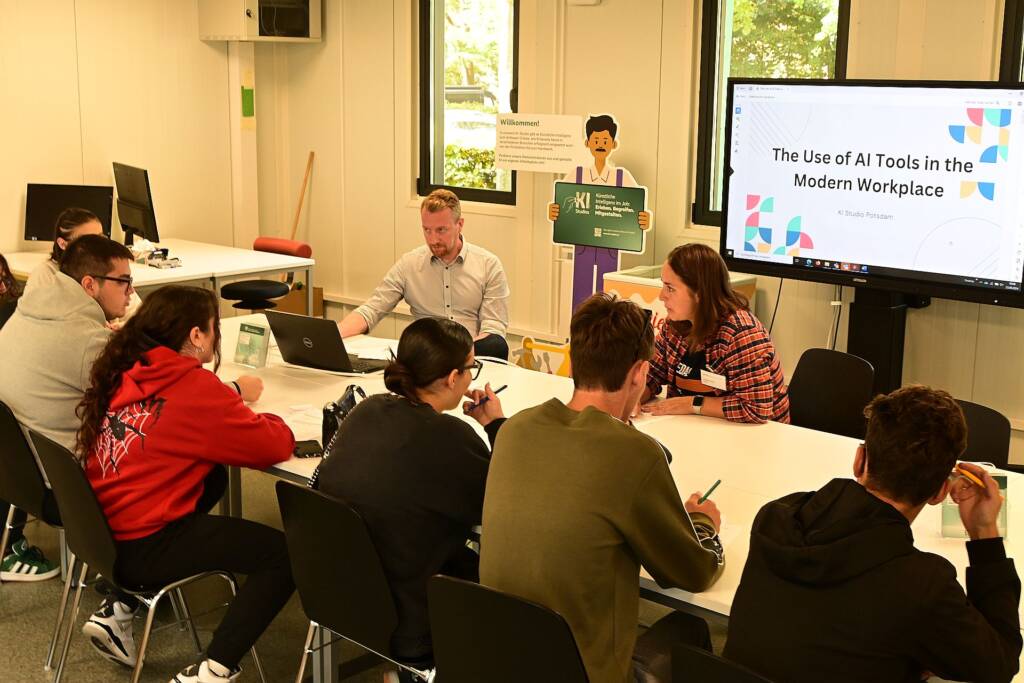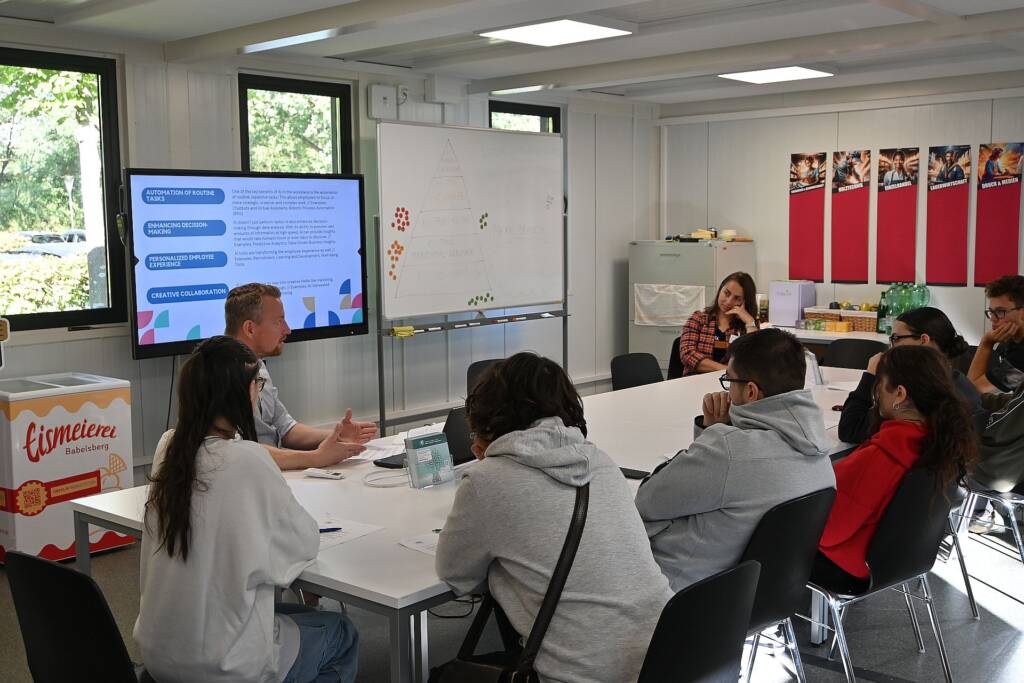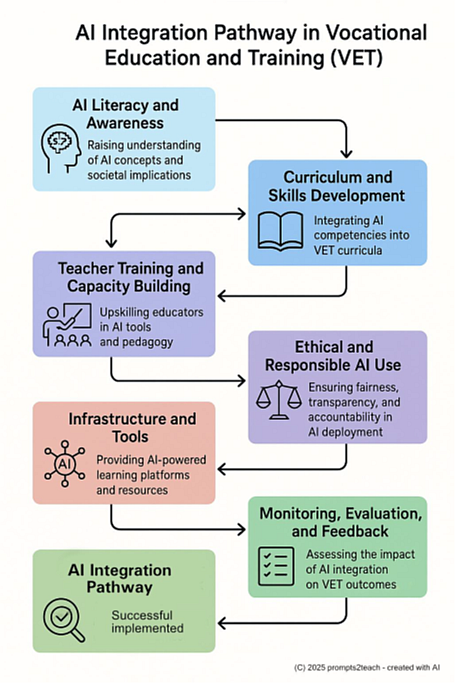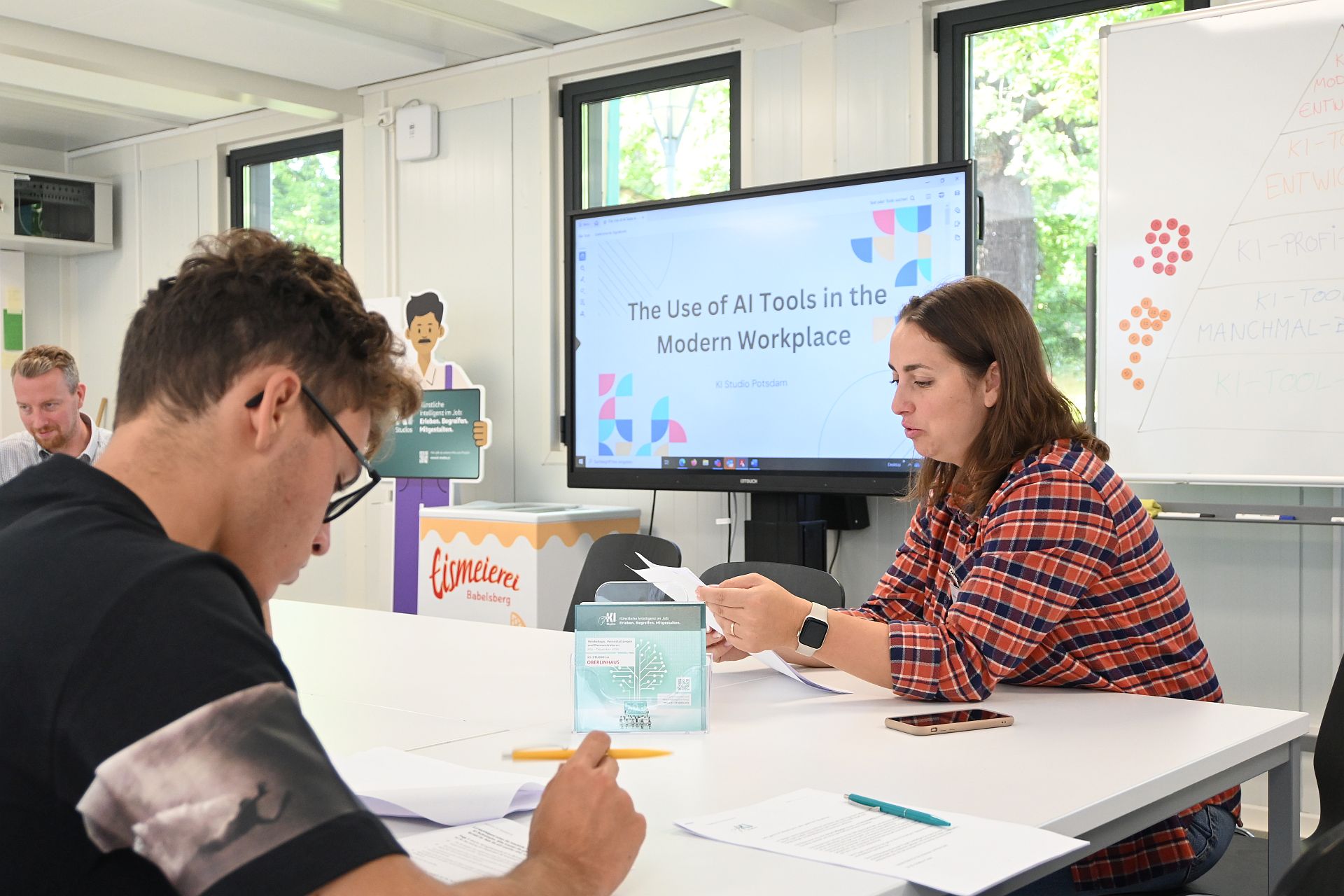Structured AI integration pathways in VET
In a world characterised by rapid technological innovation, artificial intelligence (AI) is no longer a vision of the future – it has long been part of our present. It is already changing the way we work, communicate and learn. For vocational education and training (VET), especially in dynamic sectors such as hospitality and tourism, this change means more than just adaptation. It requires a systematic transformation of how we prepare and empower teachers for the future and promote them in TourX.
The complementary projects with TourX partners, such as prompts2teach with the Portuguese University of Aveiro, Synergies4VET with ENAIP Veneto and the Greek-Italian Chamber of Commerce in Thessaloniki, and the HOGAnet4VET project with ASOFUER Fuerteventura, among others, to implement a transnational vocational competition, are already testing different AI learning paths.
The results of these complementary activities also have an essential impact on the regional pilot implementations and adaptations of the TourX Hospitality Toolbox.
Why we need a structured AI integration path in vocational education and training

The integration of AI into continuing education for teachers is not a fad, but a strategic necessity. Today’s learners need future-proof skills. Tomorrow’s world of work requires an understanding of AI and the ability to work with intelligent systems. Teachers are the key to this – but only if they are supported in their own skills development through structured, practical learning paths.
The latest results from the prompts2teach project show what makes an effective AI integration path.
An effective learning path for AI integration consists of several key elements that together form a consistent and practical concept:
1. Awareness & orientation
Teachers must first understand what AI is – and what it is not. This includes basic terms, practical examples and implications for their own subject area.
2. Experimentation & trial and error
AI is learned through application. Training rooms, learning labs and micro-training courses should enable the use of tools such as ChatGPT, adaptive learning systems or AI image generators.
3. Didactic integration
How can AI be meaningfully integrated into lesson planning? From personalised feedback to simulation-based customer conversations – there are many didactic application scenarios.
4. Ethics & critical reflection
What are the risks of AI? How do algorithms influence decisions? Teachers need tools to evaluate AI competently and responsibly.
5. Networks & communities of practice
AI integration thrives on exchange. Networks such as TourX create space for cross-sector cooperation and sustainable implementation.
6. Certification & recognition
Learning processes must be visible and assessable – for example, through micro-credentials and digital educational certificates, not just through certificates of participation. This increases motivation, transparency and mobility.

AI has long since arrived in the hospitality and tourism industry: chatbots for bookings, intelligent evaluation analyses, personalised offers in marketing or simulation-based training for employees – the digital transformation of the customer journey is a reality.
Teachers must not only learn how to use these tools, but also how to teach and critically reflect on how AI works in these contexts.

AI integration must not be just a buzzword, nor should it be a random product simply because it is currently fashionable to talk about it.
In order to truly harness the potential of AI in vocational education and training, we need systematic support for teachers:
- AI competence must become integral part of current continuing education strategies
- Innovation spaces and pilot projects must be anchored both locally and internationally
- Structured learning paths must be promoted not only by EU programmes but also by national programmes
The integration of artificial intelligence into vocational education and training must now become an educational task that focuses primarily on teachers.
Teachers are the ones who will impart knowledge about AI to learners.


